Musée D’Orsay, Paris
Nestled on Paris’ left bank in the 7th arrondissement, Musée d’Orsay can be seen from the River Seine in all its glory. The interminable Beaux-Arts building was once an old railway station, became a postal depot for POW’s during the Second World War and even played a supporting role in an Orson Welles movie. Today, the splendid interior boasts unrivalled collections of French art and cultural pieces from the mid-1800s to the early 20th century. It’s a draw for lovers of the Impressionist and Post-Impressionist movements with awe-inspiring works from Monet, Degas, Renoir, Cézanne and Manet on display. The finely dabbed brushstrokes of Renoir’s ‘Bal du Moulin de la Galette’, captivates with joyous intent – a timeless portrayal of 19th century Parisian life, while Monet’s ‘Gare Saint-Lazare’ painted in 1877 transports you to the era of steam trains and introduces you to the station synonymous with his childhood.


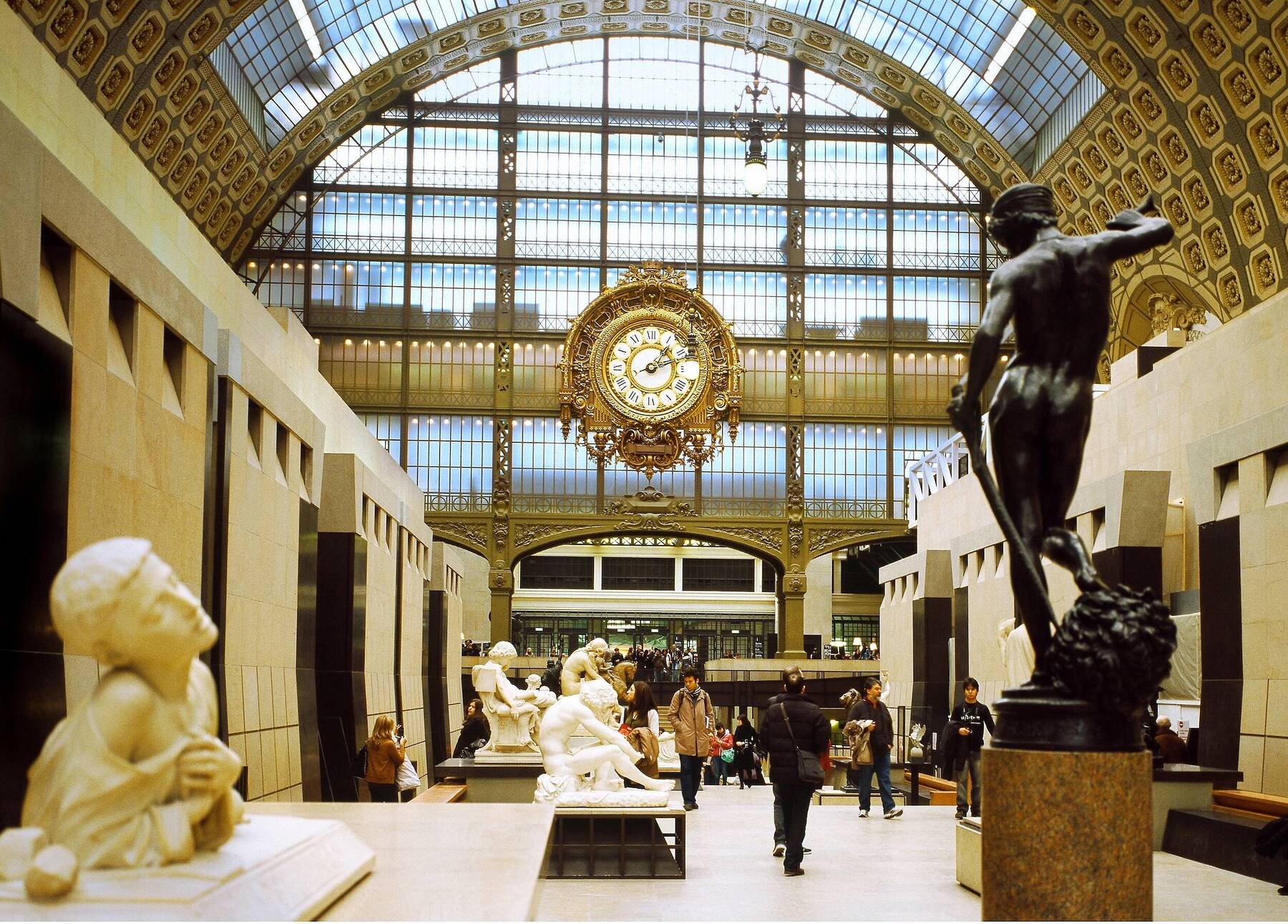
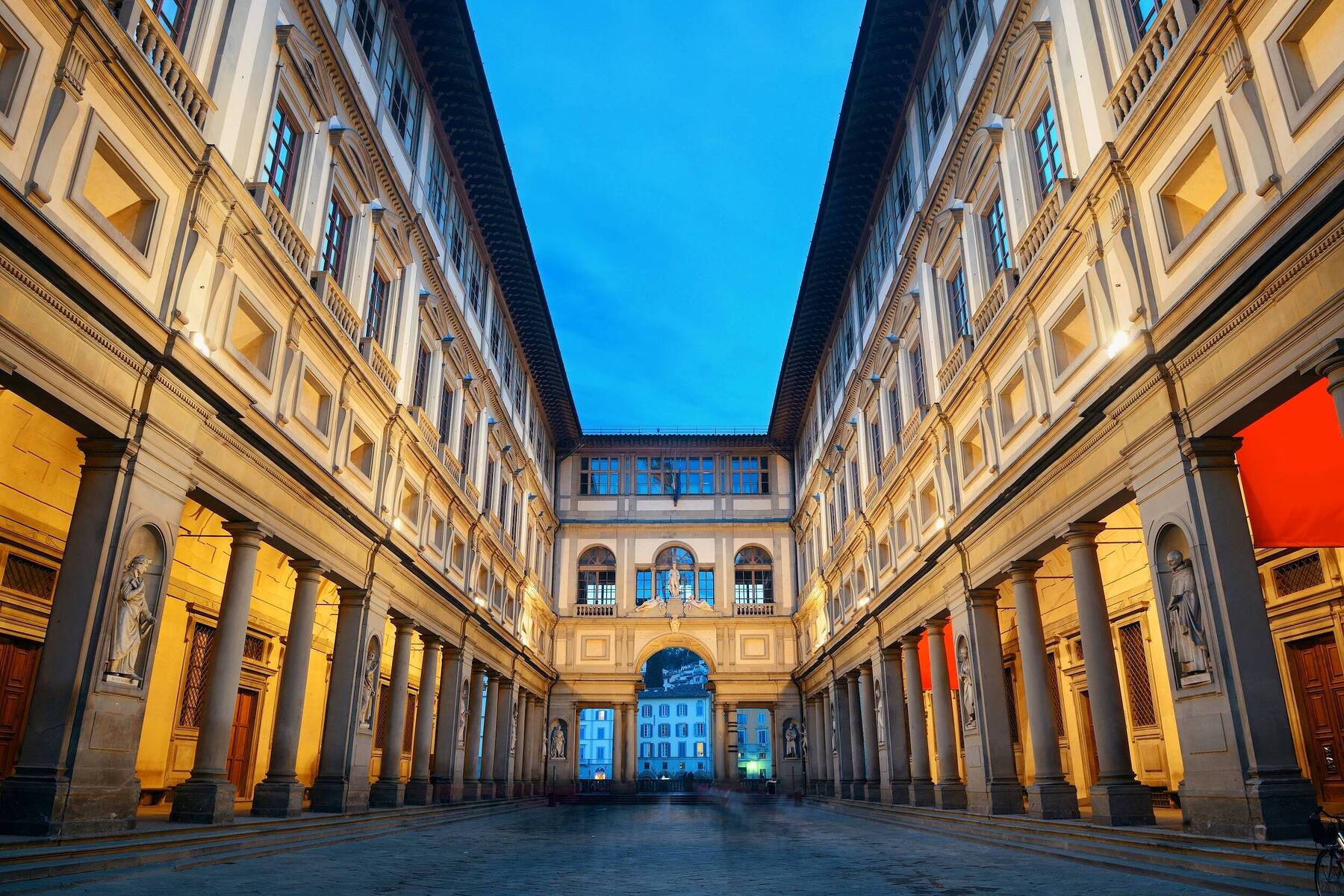
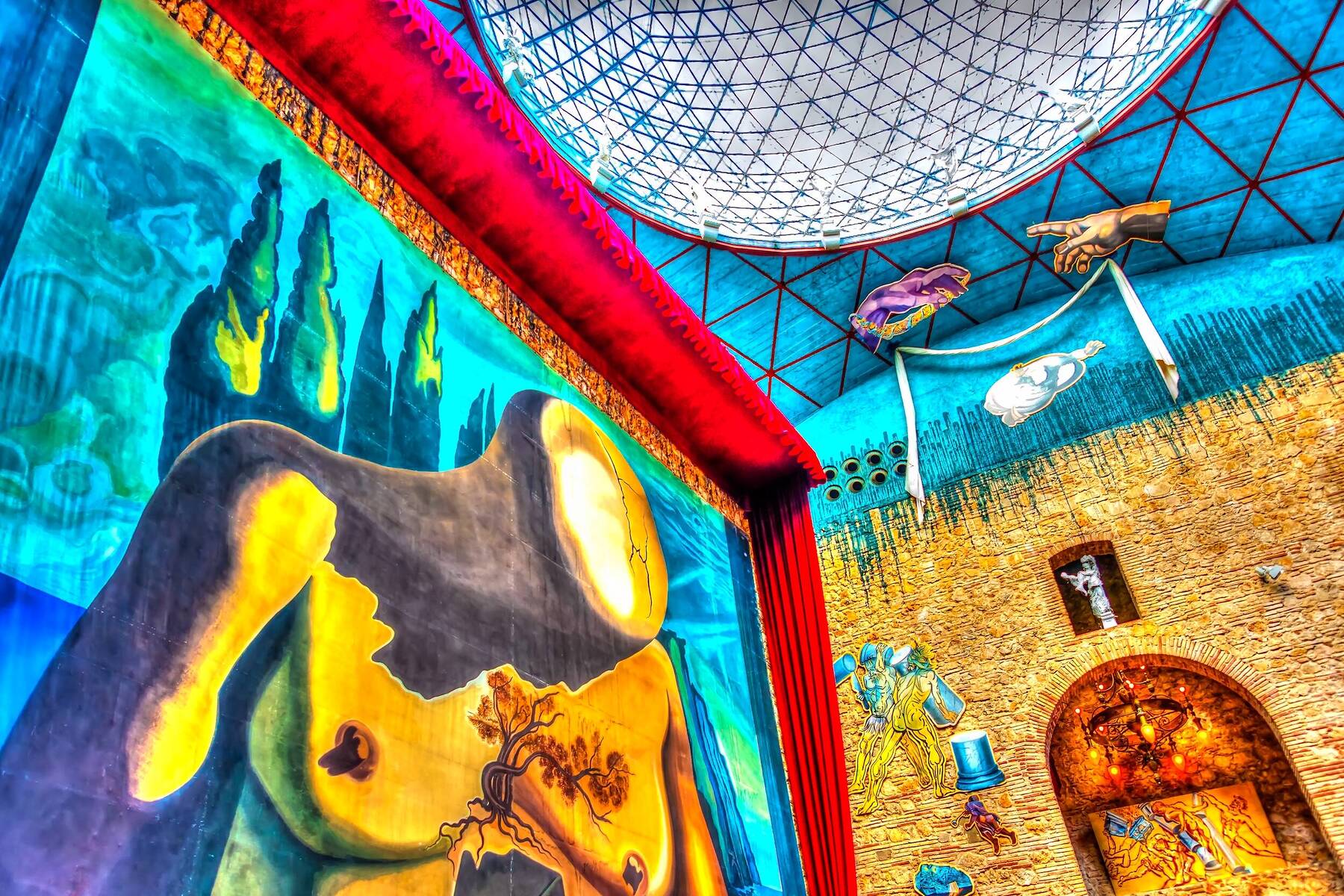
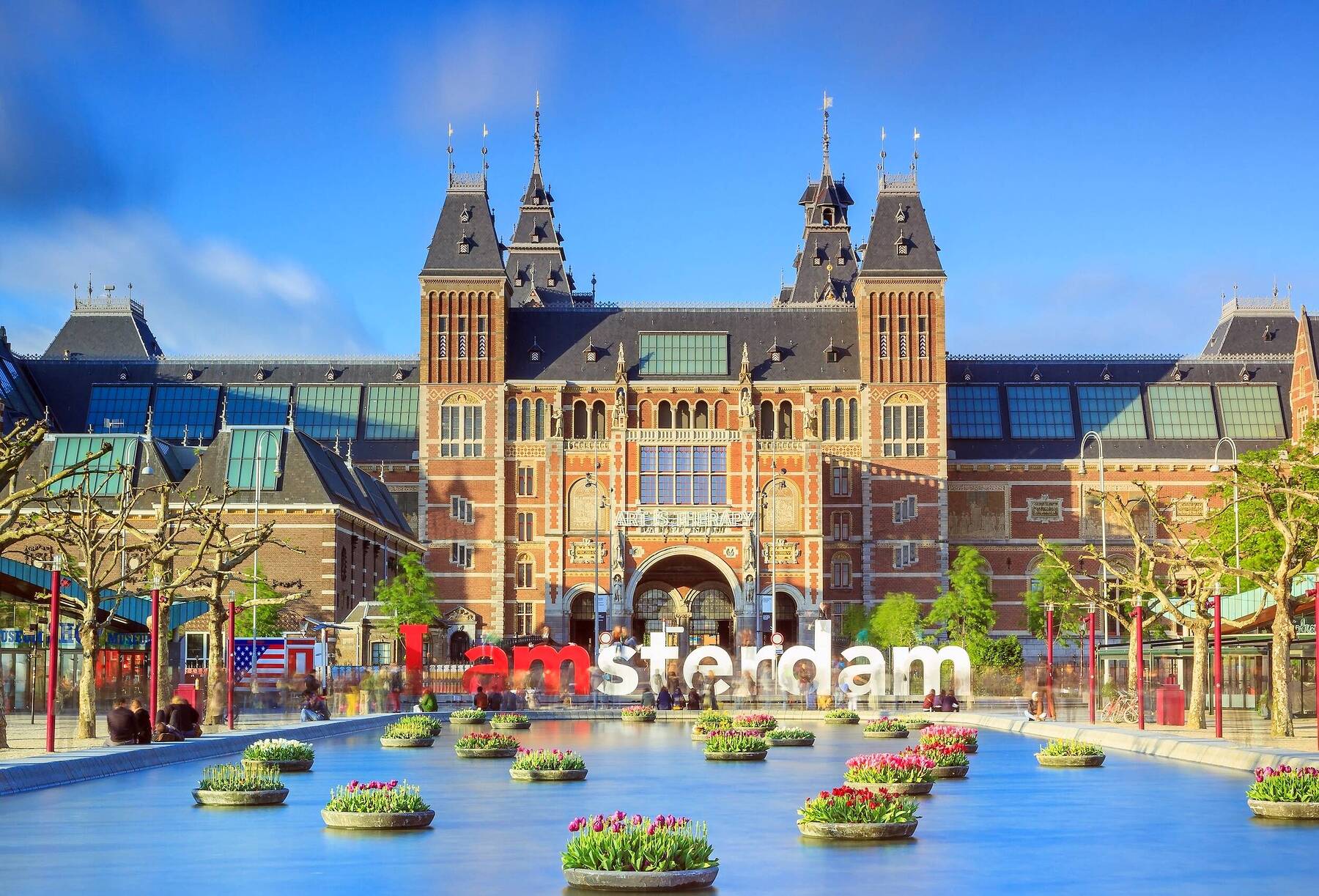





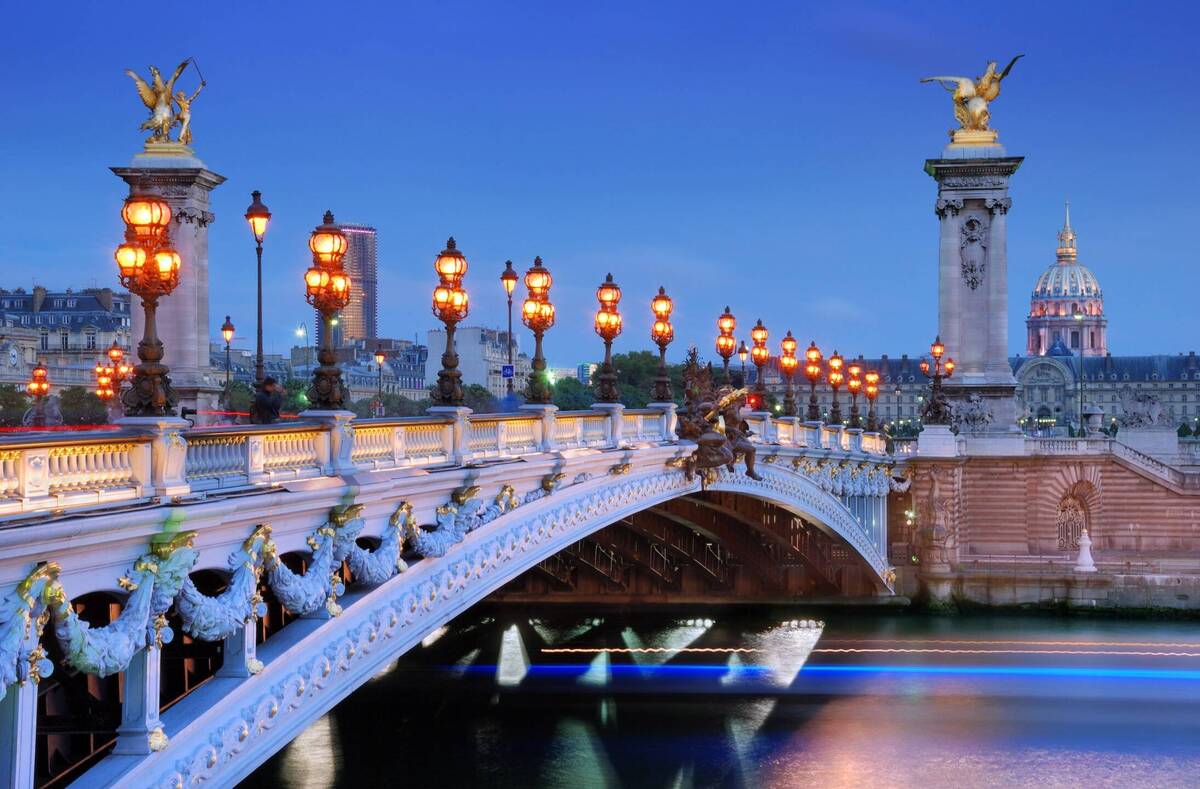













Comments